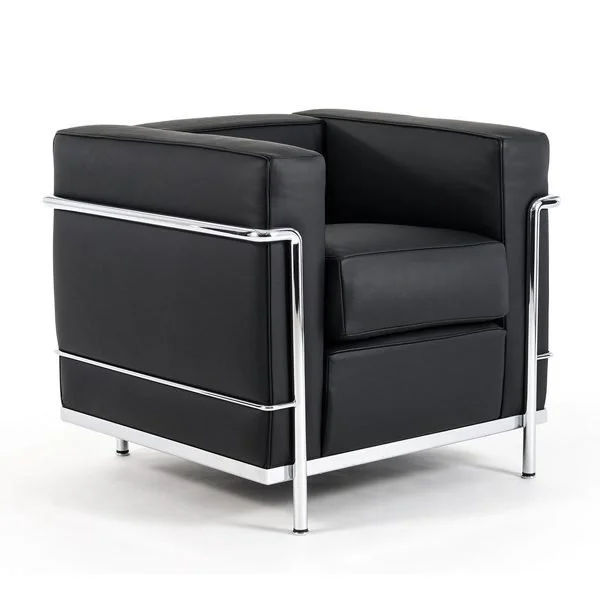Copyright: Cassina prevails against RAI over the use of LC2 replicas in broadcasts
In a judgment dated 12 September 2025 (case no. 25039/2022), the IP Court of Rome ruled on the copyright protection of Le Corbusier’s iconic LC2 armchair, whose exclusive rights belong to Cassina. In line with established case law, the Court recognised the armchair’s artistic value, thereby granting it protection under Article 2, No. 10 of the Italian Copyright Law (ICL). It also deemed the use of copies of the armchair in certain RAI television programmes to be unlawful.
RAI argued in its defence that it had used the armchairs merely as functional stage elements to seat guests and actors, without any intention of highlighting their artistic value. According to RAI, this did not constitute economic exploitation of the armchairs as works of art and therefore did not violate Cassina's exclusive rights.
However, the judges in Rome took a different view, observing that although the furnishings also served a functional purpose, their placement as central — and at times the only — elements of the stage, or in prominent positions within the frame, had made them an integral part of the set. This use constituted true economic exploitation of the work and unauthorised communication to the public, thus violating Cassina's copyright under Articles 12 and 16 ICL.
The Court consequently issued a final injunction against RAI, prohibiting any further use or reproduction of the non-original LC2 armchairs. The court also ordered the removal and destruction of the copies and sentenced RAI to pay Cassina damages of €30,000, plus a penalty of €5,000 for each day of further infringement.
Finally, it should be noted that this decision rests on a different legal basis from the well-known ECJ ruling in Cassina v. Peek & Cloppenburg (Case C‑456/06), which concerned the use of copies of Le Corbusier's furniture in a rest area for clients within a store. In that previous case, Cassina had claimed infringement of its exclusive rights to 'distribute' the work (Article 17 ICL), but the Court denied this, concluding that the concept of 'distribution to the public' of a work, as defined by Article 4 of Directive 2001/29/EC, “applies only where there is a transfer of the ownership of that object. As a result, neither granting to the public the right to use reproductions of a work protected by copyright nor exhibiting to the public those reproductions without actually granting a right to use them can constitute such a form of distribution".

